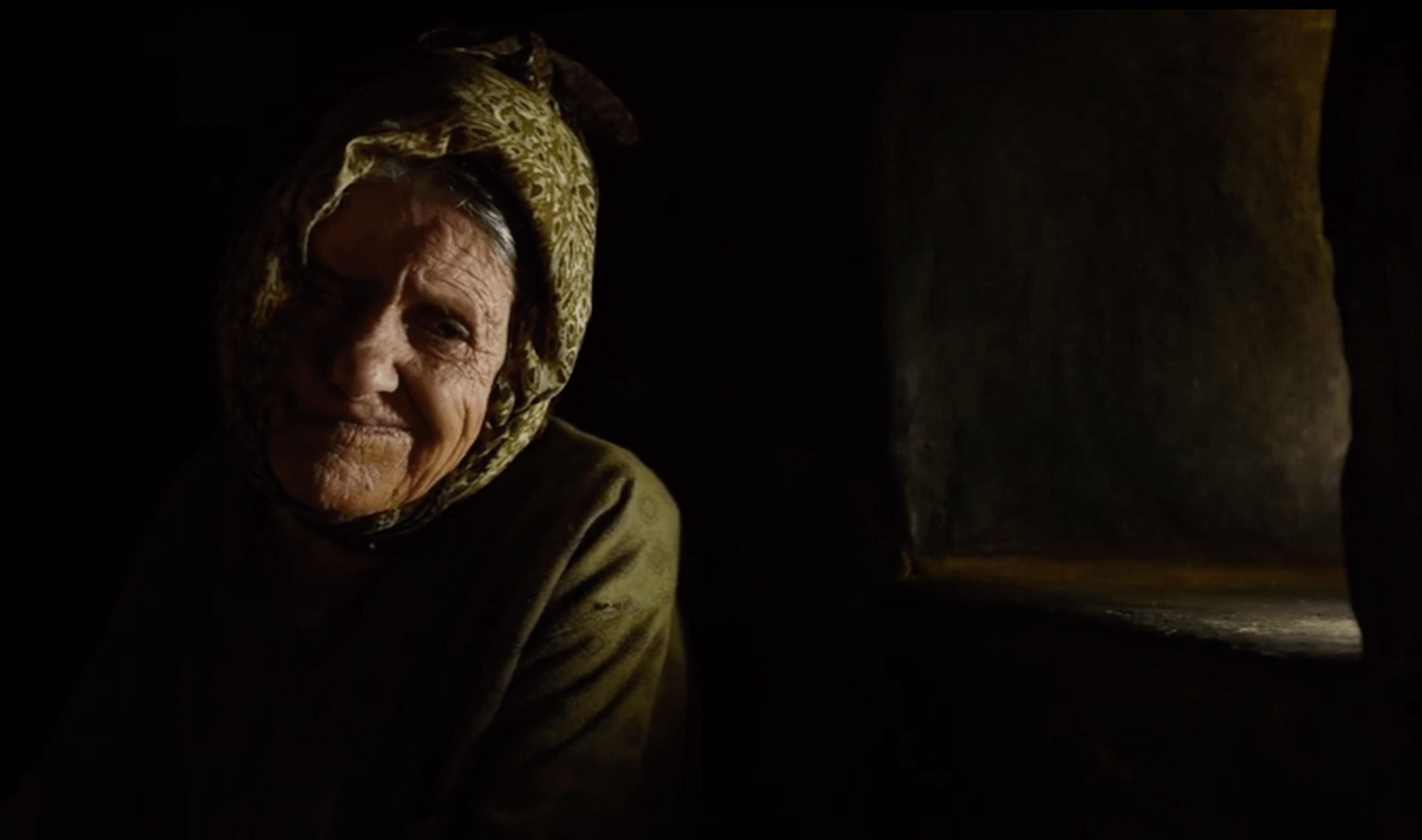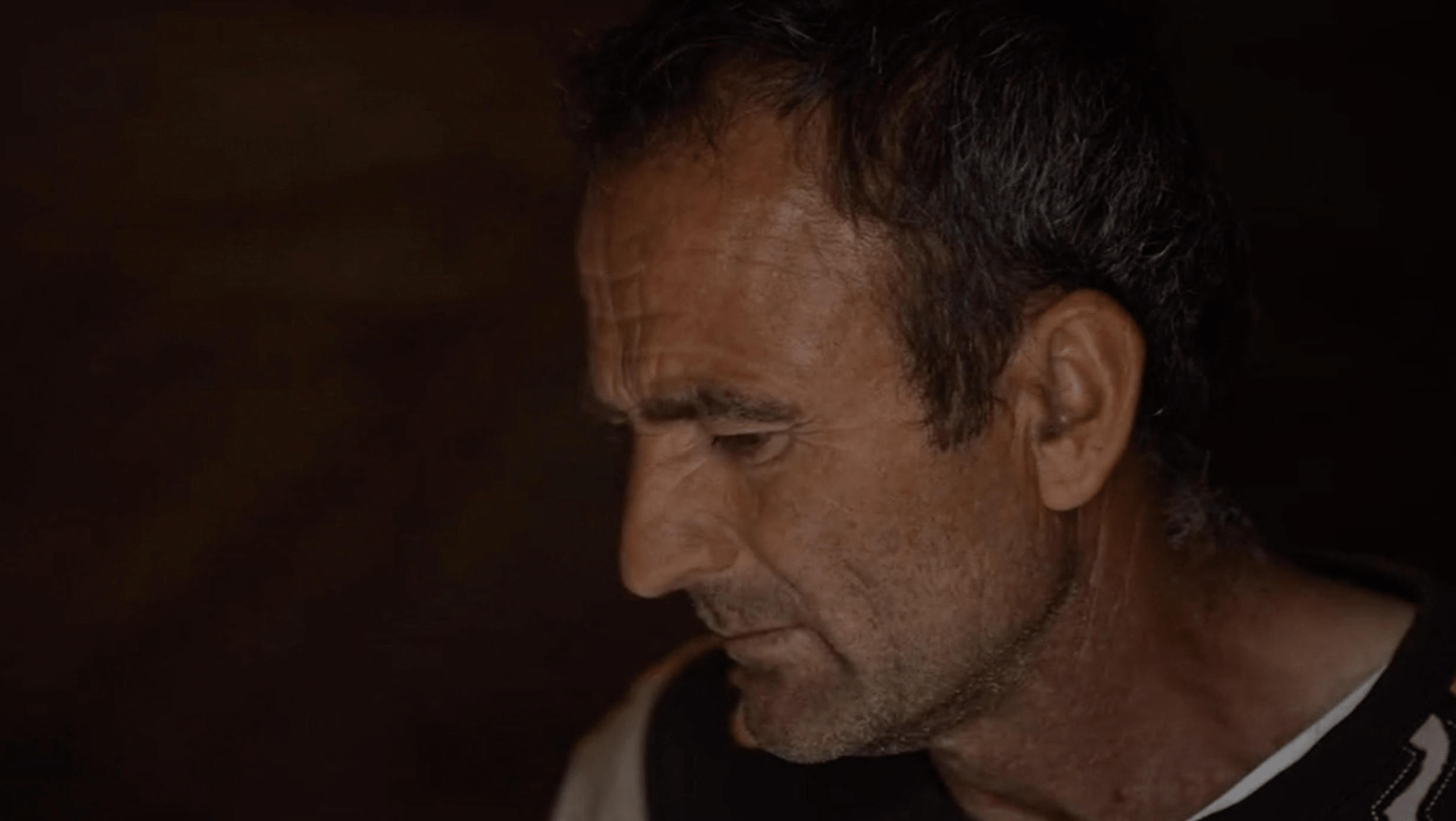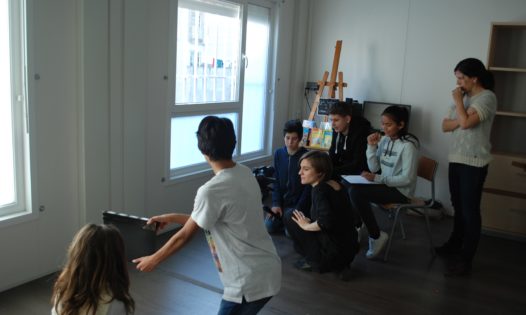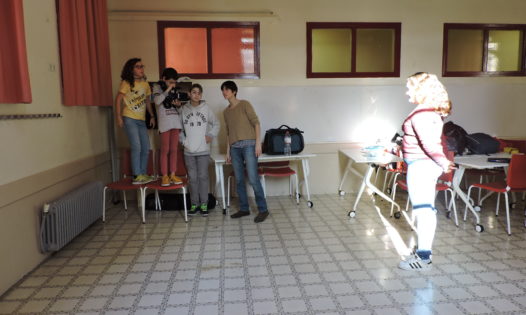FilmViewing – Filmmaking Kits – Light and Face
FilmViewing – Filmmaking Kits – Light and Face FilmViewing – Filmmaking Kits – Light and Face
The proposal brings into play a triple discovery: that of light, closely observed faces and the essential cinematographic choices.
We will start the exploration of light from observing it attentively, watching closely its transformations at different hours and on different days as the meteorological conditions keep changing. Then we will pause to observe the light on the faces. We will look at it closely and will try to find words to describe it.
The light belongs to the sensory order, hence, our primary objective is to sharpen our sensitivity and to become able to perceive more and relish what usually goes unnoticed. The light, after all, is the raw material of cinema as well as the element which makes everything what surrounds us visible to our eyes. However, the fact that it is always there might be the very reason why we hardly ever notice it or pause to see how it changes, except when we encounter the excess or lack of light (in a classroom, for example, we mention light only when it makes it difficult to see a projection or a blackboard…).
In order to enhance our awareness of the light and to enjoy its transformations two fundamental aspects must be taken into account: first, it is necessary to dedicate time and attention, and, second, one has to look for words to talk about light and to be able to name its qualities. The more words we will have to describe the light, the more nuances we will perceive. Moreover, we will realise that in order to describe the light, instead of using technical terms, we will resort to everyday words which we will borrow from other semantic fields and which in many cases belong to the realm of sensations: cold or warm light; hard or soft; fixed or in a movement… As soon as we start saying the words which can serve to describe light we will notice that often we will think in binary opposites.
What concerns faces, their value is unrivalled, in our lives, in paintings, in cinema. We can barely imagine cinema without a face, however, not all the shots of faces are of equal value and intensity. In fact, emotional value of these shots does not solely depend on the actor’s work, but more so on how a filmmaker constructs the shot, what role assigns to it in the sequence, how it relates with other shots in the same sequence, its duration, how the face is being lit, how it relates with the background… The face is essential here as it allows us to access the emotions of the character and reveals the way they are expressed.
Finally, the proposal articulates reflexive experimentation around some of the key choices in cinema, which in this case quite directly stem from the camera possibilities. The camera, as if it were a musical instrument, offers us inexhaustible possibilities, myriads ways of looking and relating to the world, as well as plenty of forms to create emotions. The more we know about the instrument and its possibilities – when we make as well as when we watch cinema – the richer our choices will be and the more we, as spectators, will enjoy films.
That is why it is important – for us as spectators and potential filmmakers – to approach the parameters as expressive possibilities and not as mere technical resources.
The above-mentioned aspects, and even several more, all come into play in the proposal ‘The light and the face’, seemingly simple but enormously rich and paving the way for us to explore expressive effect of filming a face with a special attention to light.
Finally, the practice might as well serve as a good opportunity to discover some of the greatest artists in the history of art, especially painters and photographers.
DEVELOPMENT
Preamble
Before we start working properly with ‘the light and the face’, let’s take some time to observe light in our environment. We could start from looking at how the light enters our classroom at different moments of the day and in various meteorological conditions (on a dull day and on a sunny day; on a rainy day and when the wind sways tree branches or chases away the clouds). Observe the light in your classroom attentively, focusing on every tiny detail: take a look at the walls, the floor, desks’ surfaces… Try to find words to describe it.
Then we will pause for a while to observe the light on our faces. Each student should sit opposite his or her classmate, face to face. We will look at each other in silence and with careful attention. Then each of the students will describe in detail the face of his or her peer. We could also propose to draw it.
Analysis of film excerpts
We will watch and comment on several excerpts from films where the interplay between the face and the light as well as the way in which the light falls on the face are particularly expressive. We could enrich this process of enhancing sensitivity by examining certain paintings and photographs.
See more in the section ‘References’.
Knowledge of the camera and the tripod
Whenever possible we should work with a camera which can be switched to a manual mode to manually control exposure, focus and optics. Before getting immersed into creative process we will take some time to explore these concepts and how the camera functions. Knowing how to use the tool is crucial to be able to explore its possibilities.
Shooting
Let’s start from earlier defined situation: a character is placed next to a window in such angle that his or her face is lit by the incoming light. We should avoid backlight and will only work with natural light. We will observe how the light falls on the face. What is the light like? What shadows are being cast on the face? What happens if the person turns his or her head towards the source of light? What will happen if we gradually lower the shutters and draw the curtains?
We will explore diverse variations, playing with the position of the character and the source of the light and paying our attention to the light properties: its direction; intensity; whether it is hard or soft; colour temperature; etc.
We will work with shots somewhere in between a medium and a close-up shot. We will focus on the face rather than on how it relates to the exterior (we will avoid the presence of the window, double exposure, etc.). We must make sure that in the background there are no elements which could distract our attention from the face, opting for dimly lit background and the face lit up by the light pouring through the window.
Taking into consideration the properties of the light in the particular space and at a particular moment we will be working at, we should choose as a reference one of the film excerpts from the ones which this proposal was inspired by. We will film various shots with different choices of exposure and/or distance, making sure the face (or some parts of the face) is partly lit up and partly in shadow. We will explore wide expressive possibilities which the light falling on the face offers.
Ideally each team should film at least two different shots, choosing a different position of the character and/or exposure, etc.
It would be interesting, always when the properties of the camera allow that, for the students to write down what parameters they have chosen: optics, diaphragm, focus. It would help them to deepen their knowledge of the above mentioned choices and would let them see what expressive effects can be observed in various shots, both created by their team and by other classmates.
Viewing, presentation and comments on shooting
It would be interesting if every team could present their practice to their peers and explain their choices, discoveries, challenges and difficulties, decisions they have made… It is a very important moment because it helps to internalise new skills and vocabulary. And of course, it is a wonderful chance to celebrate the shots everybody has made!
Follow-up of the proposal
After all this exploration in a team, when students had someone to help them and could use a camera with the manual mode to control the parameters, now we will propose them to film some shots of the faces of the people who are dear to them, this time using their mobile phones or home cameras. The premise is the same: they should work with a natural light coming through the window, making medium shots or close-ups. It would be particularly valuable to work with old people.
ORGANISATIONAL ASPECTS TO BE TAKEN INTO ACCOUNT IN THE SHOOTING
We will work in teams, from 5 to 7 students in each.
Each team will have at its disposal between 1 h 30 mins and 2 hours.
It is important to make sure that all the students participate actively in the preparation to film the shots and that each of them has a chance to handle the camera at some point.
During the shooting we should always stay behind the camera.
We will film without recording the sound, so that we could give indications to the person who is being filmed. For example, if we would like the person to turn his or her head or look to a particular direction (always in slow, measured movements). Except for these indications that we will give during the shooting, we shall work practically in silence, observe carefully and keep our focus.
We will shoot long shots.
Since we will have seen various excerpts, it would be interesting for each group of students to choose a different one. We will take inspiration from this example trying to achieve a similar lighting effect. It is precisely this quest and observation of the expressive power of light what will lead us to explore other possibilities, encourage us to experiment with the camera, make expressive decisions related to the properties of the light, space, etc.
It is very important to pay our attention to the background of the shot (everything what is behind and around the figure). We should make sure that it is as plain and neutral as possible.
It is worthwhile, once we have finished the shooting, to leave some time to make notes of everything what we have learnt about the parameters (we could create a list called ‘Discoveries’) and to comment on our experience with other groups.
Very important! The person who is placed in front of the camera shouldn’t act, he or she should neither try to take any action, nor convey some mood. He or she is barely a figure in front of the camera. We are not working on the ‘dramatic skills’, the only requirement for a person in front of the camera is to ‘be present’. We will deeply impressed when we discover that expressive and emotional intensity can arise from cinematographic choices alone.
NECESSARY MATERIALS AND EQUIPMENT
Interior with a window
A video camera or a photo camera with the video mode (whenever possible, we should work with a camera with a manual mode which lets us control diaphragm, optics and focus)
Tripod
SEVERAL CINEMATOGRAPHIC REFERENCES
We propose five excerpts which aim to enhance our sensitivity towards the light and allow us to analyse the decisions that the filmmakers have taken to light up (or not) the faces, examine whether the light is direct or diffused, how the light modulates the faces and how these faces can interact with the light. A filmmaker, together with a cinematographer, chooses the light and decides how to regulate the way it enters the room and what it reveals in the shot. These are, obviously, inseparable decisions, which combined determine the impression of the shot lighting.
At all times there are three essential decisions which come into play:
- The quality of the chosen light: its colour and intensity will vary depending on the hour of the day and meteorological conditions. In addition, light can be diffused with the elements placed between the light and the face. We will focus on its colour, intensity, texture, direction… Hard, directly pointed light will create dark shadows and high contrast, whereas diffused or filtered softer light will create more nuanced contrast and colours.
- The position of a face or a figure in relation to the light: closer or further, facing the source of light or lit from the side, etc.
- The position of the camera in relation to the face and the light.
We should pay attention to these decisions in all the excerpts.
In addition, aside from observing the effect of light on the faces and analysing cinematographic choices, it would be interesting to point out that even though in those excerpts there are almost no dialogues they arouse sensations and deep emotions thanks to expressive choices and without any need to explicitly explain them in words or in a narrative.
We will watch excerpts from documentaries and feature films, which might be especially significant and relevant for the proposal we are going to develop.
COMMENT ON THE EXCERPTS
Elle a passé tant d’heures sous les sunlights… / She Spent So Many Hours Under the Sun Lamps, by Philippe Garrel (France, 1985)
It is a fragmentary and poetic film, where close-ups and exploration of faces have a privileged role. It is also a film about love and loss, death and birth. And above all, it is a film about making cinema where we get a chance to take part in the experiences of the director who is making a film.
We propose to start from watching this excerpt and commenting on it because it shows exactly the same situation which we are going to shoot, although in this case there are two characters. They are both next to a window; she is seen from the side, in the beginning almost with her back turned towards the source of light; he is facing the window. The window is solely a source of light, we can’t see anything outside. In fact, there is barely any visual reference to the space. By contrast, the sound, which conceals the conversation between the characters, has a very real and concrete spatial presence.
We will start from describing the light. What is it like? We will see that it is soft, dappled, diffused; it doesn’t cast shadows and isn’t outlined on the faces. It is a rather cold, whitish light; it looks winter-like.
We will pause for a while to focus on two shots of her in particular because they let us observe transformations of her face in relation to the variations of incoming light provoked by the movements of the actress: What is her face like when at the beginning of the first shot she is looking to the side, towards our right? How does it change when she bows her head? And when she looks towards the window? We might use a very cinematographic term to describe it: we may want to say that her face ‘catches’ light. It is also nice to observe how the light is being reflected on her hair and how it sparkles in her eyes. These shots are replete with nuance and subtle variations! It could be interesting to make some stills and compare the variations of light and face in still images.
How could we describe the light on the face of the actor? Perhaps we would say that it is more intense, direct and flat as well.
We can observe that these are close-ups, shot with medium optics (certainly that of 50 mm or a bit more similar to a telephoto lens) and a very shallow depth of field: it is focused on a very small section of the shot. We can begin analysing it from the very start of the close-up of her: while her nose, cheek, eyelashes and hair are well focused, the line of her shoulder is already blurry. And all what surrounds the characters is a flow, a space without any reference, totally blurry.
La reconquista / The Reconquest, by Jonás Trueba (Spain, 2016)
Manuela and Olmo meet after many years. The film is set in two time periods: in the present, in winter, Olmo and Manuela are in their thirties; in the past, in summer, fifteen years ago, when they fell in love for the first time.
This sequence depicts the moment when Manuela is thinking about a letter that she is writing to Olmo, where she explains him why she feels that they can’t be together any more.
In two shots of Manuela in the room we see and feel the passage of time. From one shot to the other the light subtly changes its tone. These two shots are of great delicacy, they require us to sharpen our attention because only then we can perceive all the nuance.
In the first of the shots, we can see how the light cuts out the silhouette of Manuela and lights up her eye behind her nose, while the half of the face which is closer to the camera is left in shadows, in a certain way she is framed by this line of light, which outlines her silhouette, and by her hair which is also cut out by the light.
In the second shot the light is colder and more diffused. We can also observe a slight variation due to the Manuela´s backward movement, leaning back in the chair. This slight change casts a shadow on her cheek and the darkness of her face seems to place even more emphasis on the sparkle in her eye.
You can find documents on the making of the film in the Inside Cinema.
D’Est / From the East, by Chantal Akerman (Belgium, France, Portugal, 1993)
In From the East Chantal Akerman traces a journey from the East Germany to Moscow passing by the Baltic States and Poland (where were native places and landscapes of her family). From the end of the summer till the harshest winter the filmmaker films, in her own words, ‘everything what changes slowly during the journey: the faces and the landscapes’. Practically the whole film consists of long shots which are shot in travelling (always from the right to the left) as well as of static shots, usually portraits in the interiors of homes.
That is also the case in this portrait which consists of only one shot: a woman at the table after having a cup of coffee (which she might have just had with the filmmaker), warm light is pouring through the window. We should delicately examine this shot. The composition is masterful, almost pictorial.
What colour is the light? How would we describe its intensity and texture? At what position might be the sun in the sky? Could we tell by intuition at what hour of the day was this shot filmed?
We are dealing here with a portrait in the context: we see the character at her home, surrounded by her personal belongings.
What does the light through the window light up most? What is left in the shadows? It would be very nice to focus our attention, for example, on the gleam of the ring while the hand is resting on the table, right on the shiny whiteness of the tablecloth.
It would be equally interesting to observe how the warmth and at the same time softness of the light bathes the shot in familiar and pleasant tone, calm and peaceful, and adds intimacy to the portrait.
Aside from the work on the light, it is worthwhile to mention the role played by the camera, which is slightly lifted in relation to the figure. This viewpoint allows us to see almost the whole table, including two coffee cups, which in a certain way hint at conversation and the afternoon shared by the portrayed woman and the filmmaker. It is just as precious to examine carefully all the other elements in the room: furniture, lamp, huge radio, window, plants…
After examining the excerpt and commenting on it we could ask ourselves: who would we like to make a similar portrait of? where would we film it? at what time of the day?
De weg naar het zuiden / The Way South, by Johan van der Keuken (Holland, 1981)
The Way South is a journey of van der Keuken from Amsterdam to Cairo, passing by Paris, Drôme, Rome and Calabria. On his way the filmmaker collects images of places and people he sees.
In this excerpt van der Keuken creates a portrait of Alí on the train leaving from Paris. He was on the sick leave due to the motorcycle accident and is about to come back to work at a car factory in the outskirts of the city.
It is a portrait in constant motion and the light varies within the shot transforming the face of the portrayed. We could examine attentively each of the three shots with a special focus on the third one: a precious shot, more extreme close-up than the previous ones, in which intermittent light (intense golden tone of dawn alternating with complete darkness) transforms the face and the shot. The sound intensifies the emotion of the portrait. We could try to find adjectives to describe the light: golden, warm, intermittent, gentle…
It is also particularly interesting to analyse the voice of the filmmaker which we can hear at the beginning. Just in two brief and simple phrases he reinstates the value of the being on the way at this hour of the day and at the exact moment for Alí (and the filmmaker himself): ‘The first train of the day. Alí goes to work once again.’
Tout est pardonné / All Is Forgiven, by Mia Hansen-Løve (France, 2007)
After ten years without any news from her father, Pamela (the girl with wavy hair) finally meets him again. She goes with a friend. After a walk around botanical garden they catch skytrain to go home. They travel in silence, immersed in their thoughts.
Shots of them alternate with travelling shots of the exterior: people who know Paris are likely to recognise the metro route: line 6, crossing above Seine between Quai de la Gare and Bercy.
In a similar fashion as in Alí portrait, here the light is intense and golden, although this time it is sunset and the shadows are more bluish. Here as well an important role is played by intermittent light and shadows, almost as if it were heartbeats which cinematographically correspond to the internal emotional state of the main character who has just met her father.
It is interesting to observe a wide range of shots and how the light varies when the metro position changes in relation to the sun, which is so low, that for a moment it lights up little more than the figures of the main characters. For a short while – as at the beginning – almost orange colour of the light glows in their hair, from behind. In other moments the light pours pointedly at them and bathes their faces.
Especially intense moment is the one when two metros go past each other, it generates very special rhythm of the movement and light.
In an interview Mia Hansen-Løve explained that they shot this sequence in not more than half an hour, repeating various routes back and forth several times. Since they didn’t have a permission to shoot, they had to be swift and discreet. It was very important to her to film the stretch of the metro route above Seine, where she has travelled many times. To a certain extent, it is in this route where her passion to become a filmmaker was born: looking through the window how the world parades at different moments of the day and in different light; imagining stories of the people who were travelling with her in the same metro carriage…
SEVERAL PICTORIAL AND PHOTOGRAPHIC REFERENCES
A wonderful book, especially suitable to work with students at secondary school and A levels, is We are 17 by Johan Van der Keuken: a photography project, which the great filmmaker undertook when he was exactly that age, and which consisted of creating portraits of his group of friends.
Another very interesting photography project is that by Raymond Depardon, Farmers’ land (La terre des paysans). The pictorial portraits by photographer Pierre Gonnord may also be a source of inspiration.
In the field of painting, it would be very interesting to analyse the work of such artists as Rembrandt, Caravaggio, Vermeer…
SOME EXAMPLES OF PRACTICE DEVELOPED IN THE MOVING CINEMA WORKSHOPS
With a professional camera
Filmed by a group of 14-15 years old students of Oriarte Institutua (Lasarte, Basque Country)
Filmed by a group of 14-15 years old students of Institut Barres i Ones (Badalona, Catalonia)
Filmed by a group of 16-17 years old students of Institut Moisés Broggi (Barcelona, Catalonia)
Filmed by a group of 12-13 years old students of Institut Montjuïc (Barcelona, Catalonia)
Filmed by a group of 16-17 years old students of Institut Moisés Broggi (Barcelona, Catalonia)
Filmed by a group of 16-17 years old students of Institut Moisés Broggi (Barcelona, Catalonia)
Filmed by a group of 14-15 years old students of Institut Maria Espinalt (Barcelona, Catalonia)
With mobile phones or home cameras
Filmed by a 16 years old student of Institut Moisés Broggi (Barcelona, Catalonia)
Filmed by a group of 14-15 years old students of Institut Montjuïc (Barcelona, Catalonia)
Filmed by a group of 16-17 years old students of Anykščiai Jonas Biliūnas gymnasium (Anykščiai, Lithuania)
Filmed by a group of 16-17 years old students of Anykščiai Jonas Biliūnas gymnasium (Anykščiai, Lithuania)
Films
SOME FILMS FROM THE YOUNG PROGRAMMERS CATALOGUE RELATED TO THIS KIT
Les quatre-cents coups / The 400 Blows, François Truffaut (France, 1959)
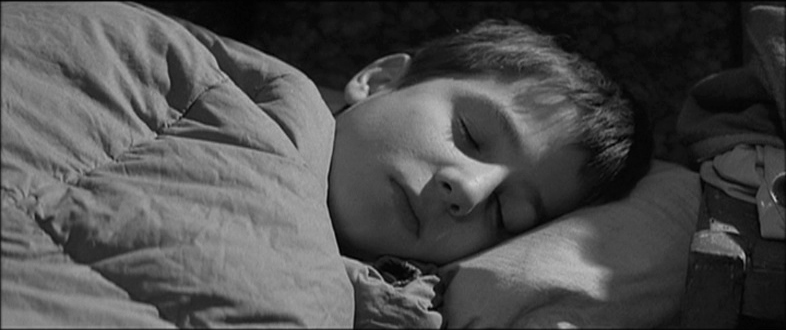
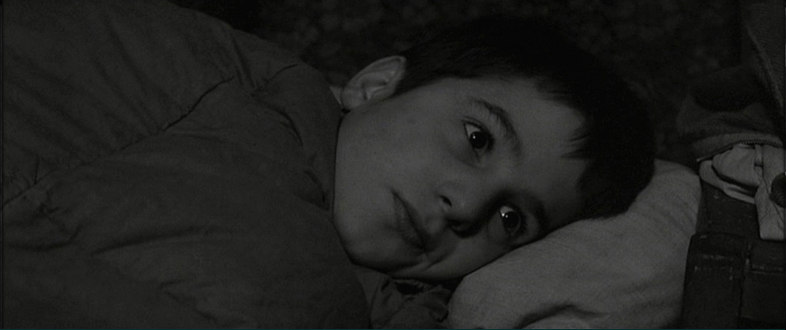
Un violent désir de bonheur / A Violent Desire for Joy, Clément Schneider (France, 2018)
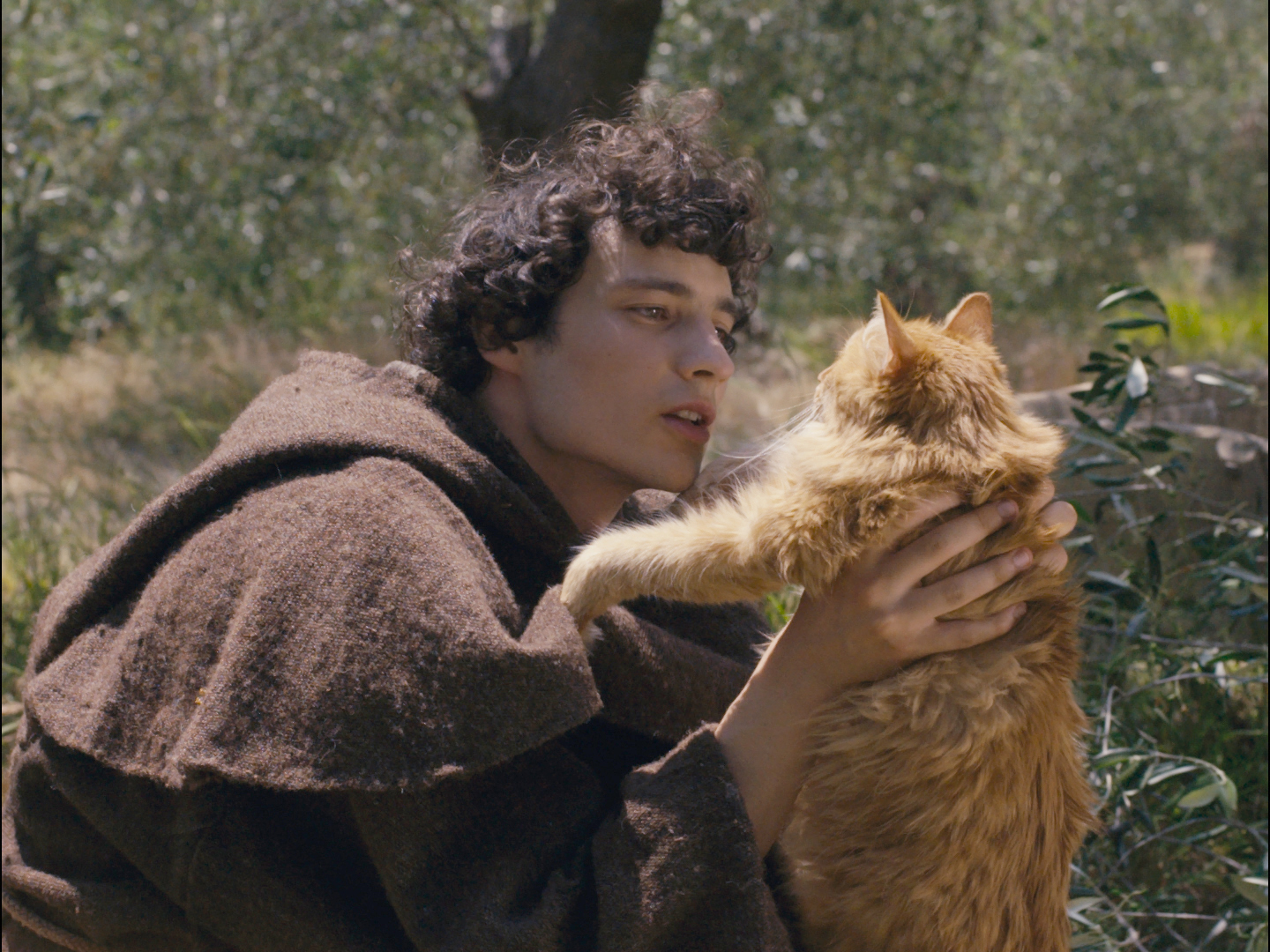
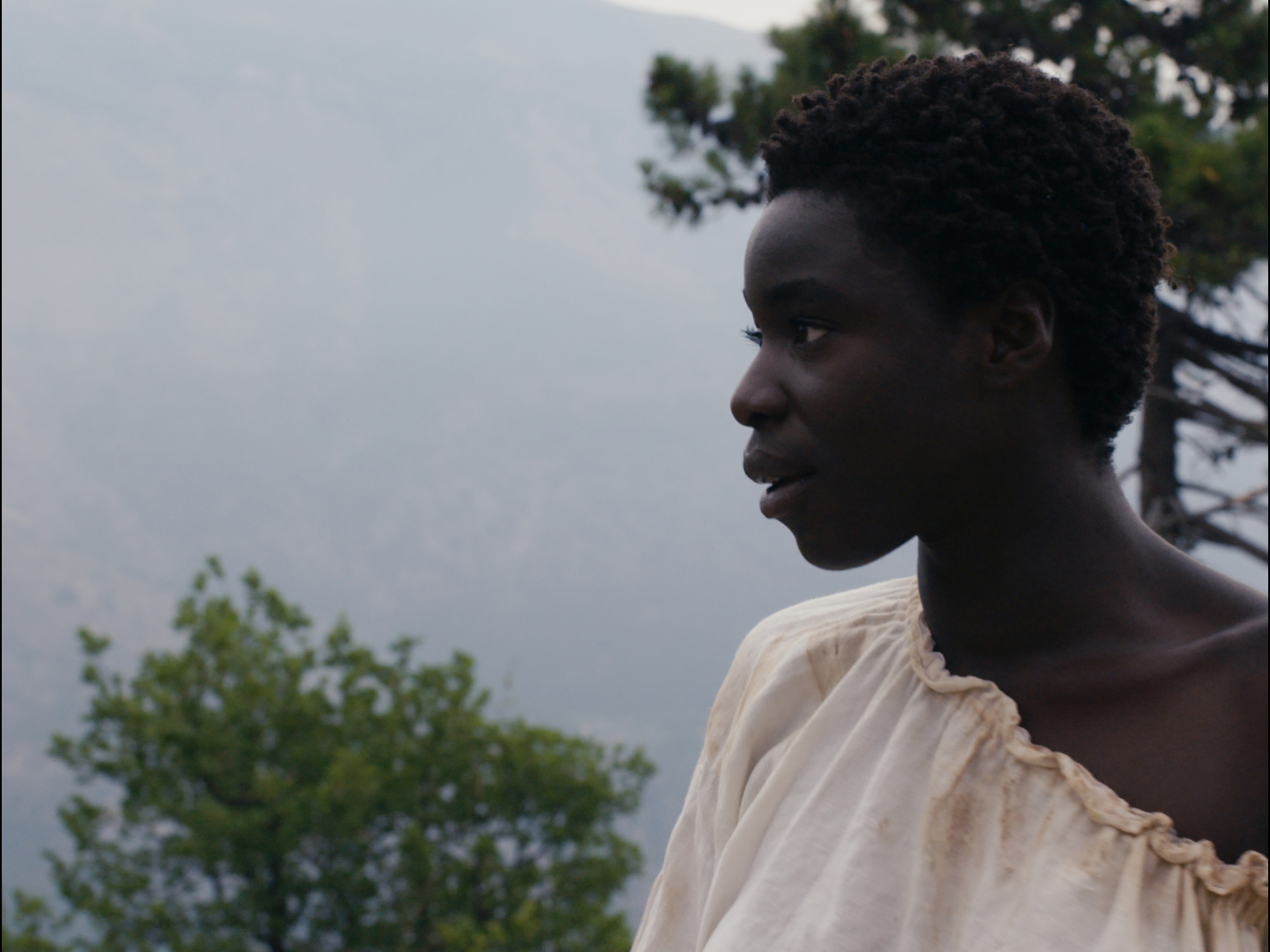
Le Havre, Aki Kaurismäki (Finland, France, Germany, 2011)
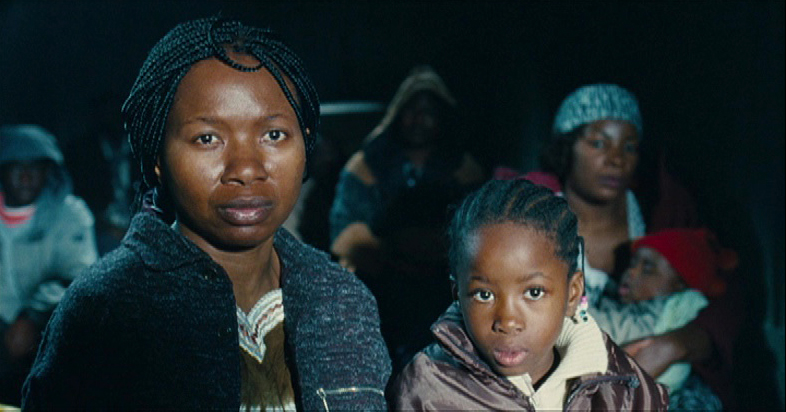

Låt den rätte komma in / Let the Right One In, Tomas Alfredson (Sweden, 2008)
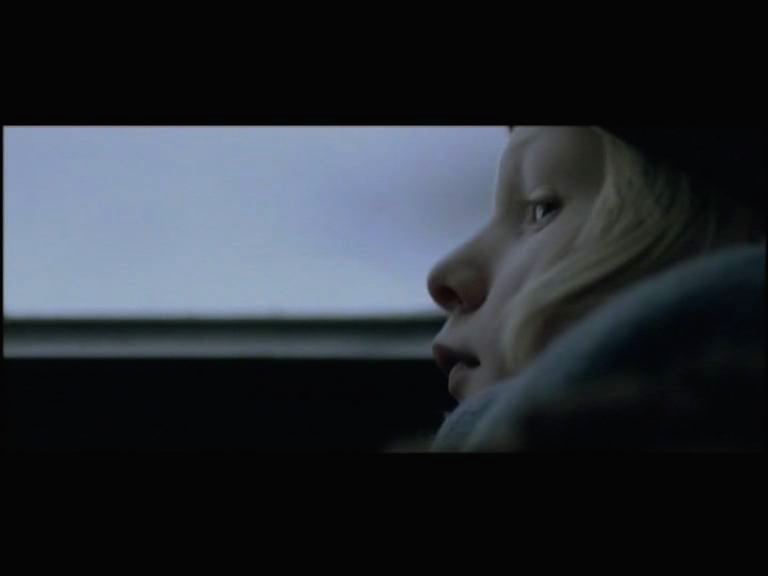
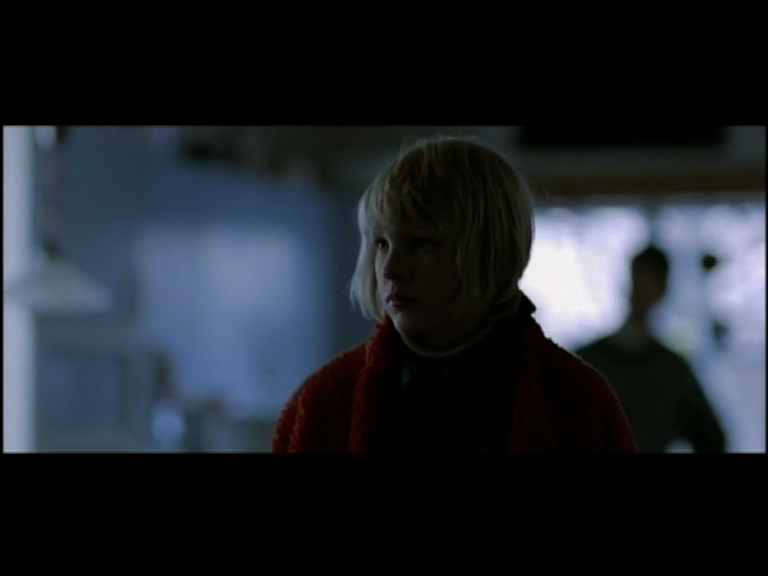
Il Posto / The job, Ermano Olmi (Italy, 1961)

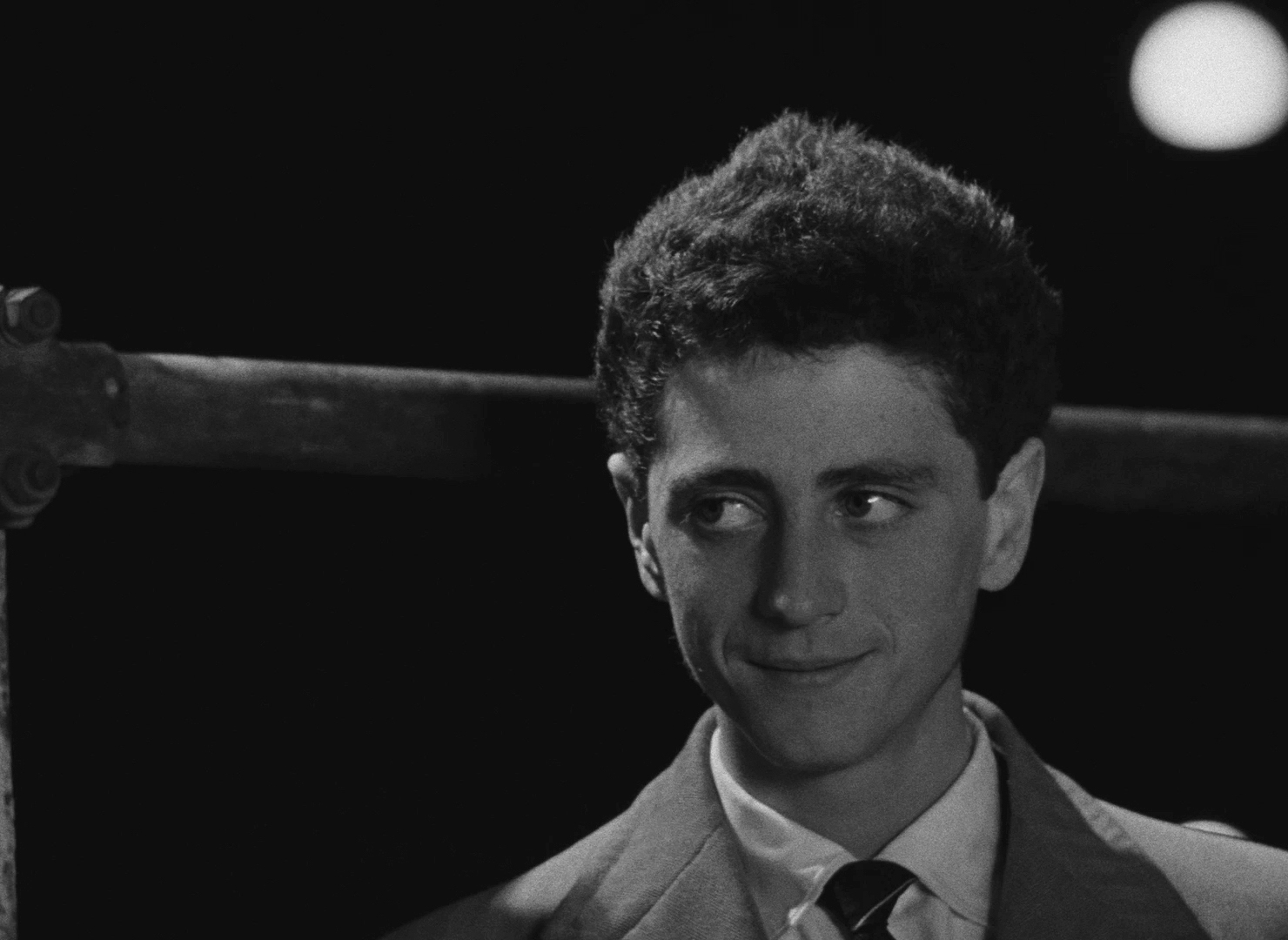
Medena zemja / Honeyland, Ljubomir Stefanov and Tamara Kotevska (North Macedonia, 2019)
